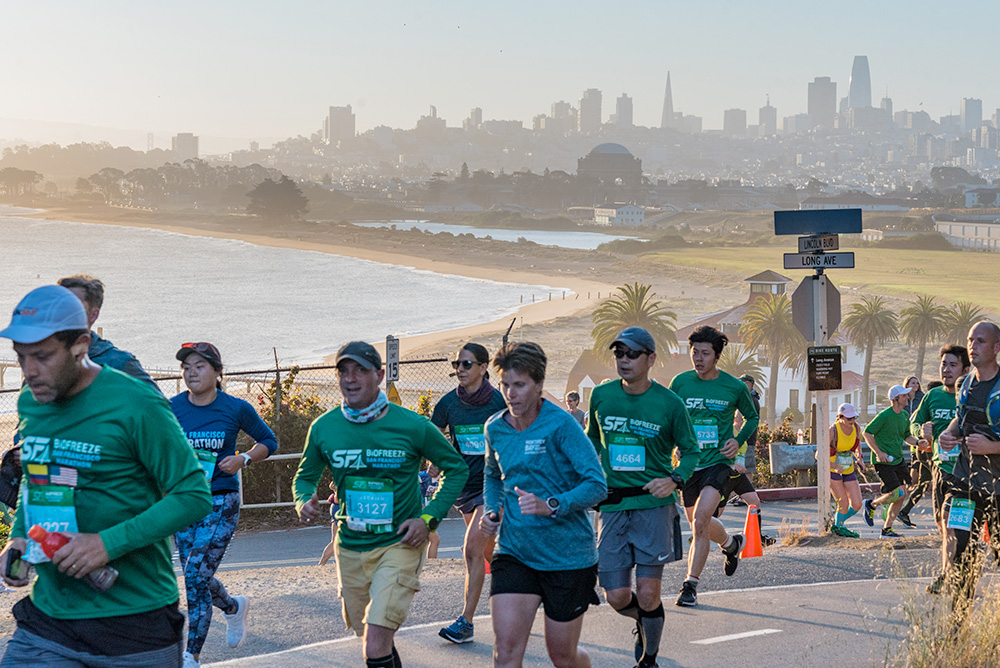The Long Run Part 2: M pace workouts
by Ben Connelly
In a previous post, I mentioned that I planned to devote a post to a specific type of long run: the M pace long run. M pace runs figure heavily in marathon training plans based on Jack Daniels’s Running Formula(1). M pace simply means marathon race pace.
While runs at marathon race pace can benefit any runner, even those training for a 5k, they are especially important for marathoners. Specificity is among the most important training principles, and nothing is more specific than running at goal race pace.
Workout Structure:
M pace workouts are typically shorter than extended long runs. The majority of miles in an M pace run should be at marathon race pace. Typically, these workouts begin with a warmup mile at an easy pace, followed by 2 or 3 segments run at M pace, with a ~1 mile recovery jog in between each segment. They end with a ~1 mile cool-down jog.
As much as possible, try to run these workouts continuously, without stopping or walking. You can also measure segments based on minutes instead of miles.
If your extended long runs range from 18-20 miles, keep M pace workouts to 12-16 miles (ideally 13-15). Start with 5–6-mile M pace segments and gradually try to increase the length of time you can comfortably hold that pace. For example, you might run 1 mile easy, 5 miles at M pace, 1 mile easy, 6 miles at M pace, and then 1 mile easy. Or 1 mile easy, 7 at M pace, 1 easy, 4 at M pace, and a final 1 easy.
Try throwing in a few extended hilly sections or long downhills. These will help condition your legs for San Francisco, and also teach you what goal pace feels like on various inclines.
Frequency:
I like alternating an extended long run with an M pace workout every other week. I do not run both in one week. During the tapering phase, my M pace workouts grow shorter and easier. I run my last one ~2 weeks before the marathon.
You can also use M pace in other workouts. Mix up your tempo runs with some 2-3-mile M pace segments or throw in a segment during a progression run. I do not count those as M pace workouts, so I may do them in the same week I run a dedicated M pace long run.
Conclusion:
M pace workouts should be a staple in every marathoner’s training. They complement your extended long runs: helping to prevent overtraining and providing a different benefit. They are good practice for the big day.
In the hardest weeks of training, M pace workouts may seem more difficult than you hoped. In my experience, you can run much faster on race day (when rested and recovered) than you can during training. A pace that felt difficult for 14 miles during training will be doable for 26 when the time comes. So do not worry if your first runs at goal marathon race pace are harder than you expected.
(1) Jack Daniels Running Formula


